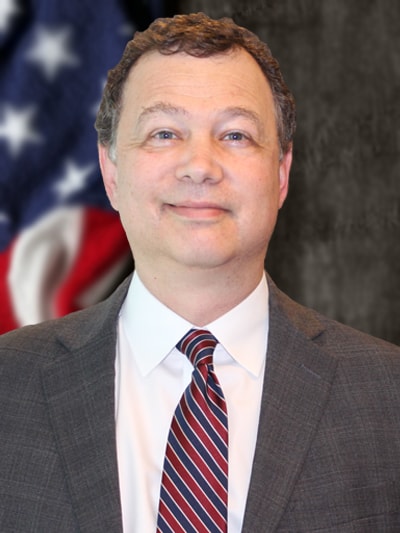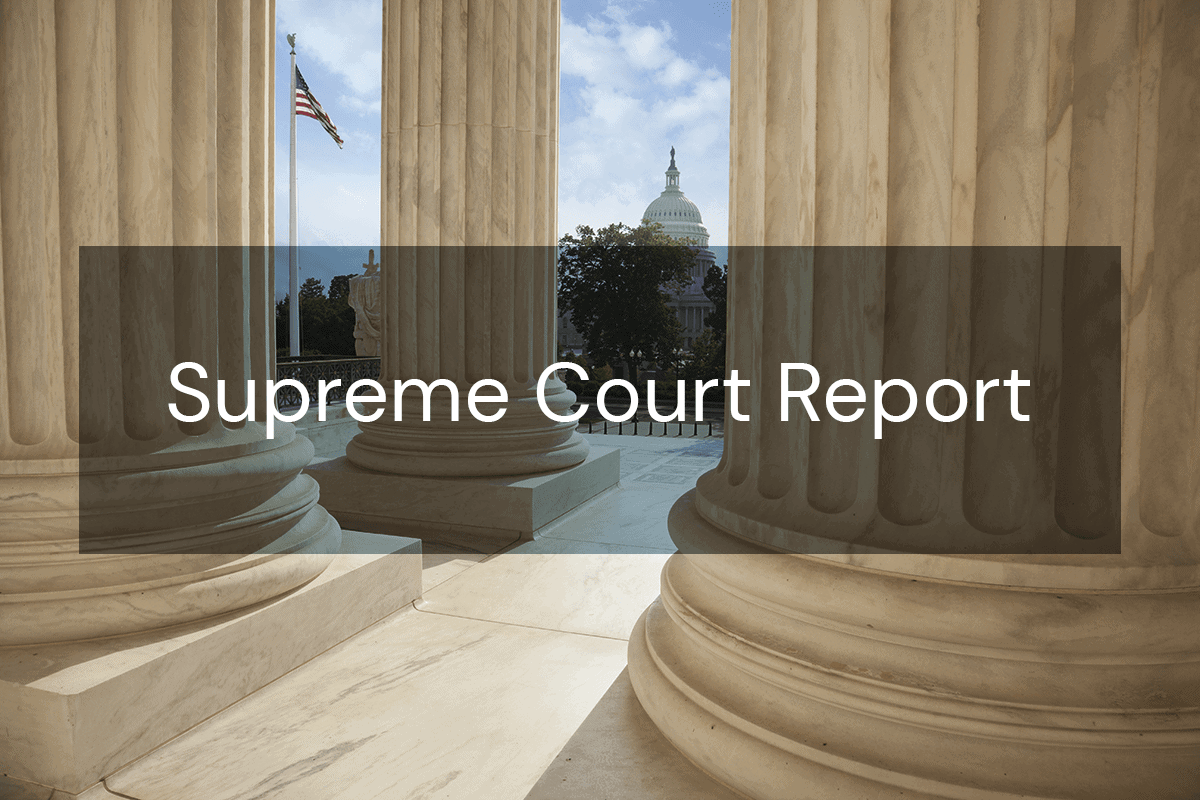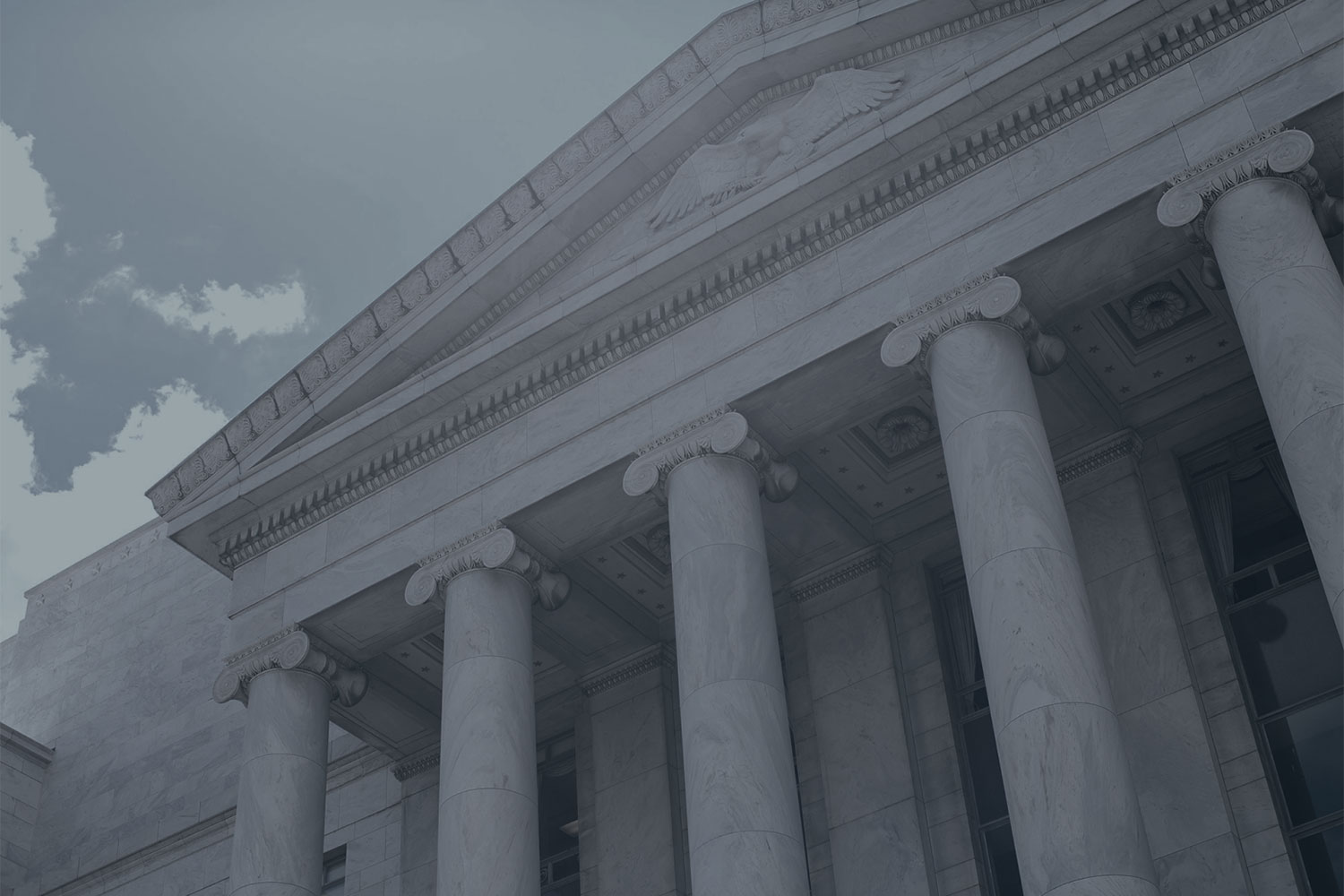Author

This Report summarizes opinions issued on March 23, 24, and 31, and April 4, 2022 (Part I); and cases granted review on March 28, 2022 (Part II).
Cases Granted Review: Andy Warhol Foundation for the Visual Arts, Inc. v. Goldsmith, 21-869
Andy Warhol Foundation for the Visual Arts, Inc. v. Goldsmith, 21-869. At issue in this copyright dispute is whether Andy Warhol’s use of Goldsmith’s photograph of the late musician Prince to create a series of portraits was “transformative” for purposes of protection under the fair-use doctrine. In 1984 Goldsmith’s agency licensed Goldsmith’s 1981 photograph of Prince to Vanity Fair magazine for use as an “artist reference” (“a photograph that an artist uses to create a different visual work, such as a sketch or painting”) for an illustration in an upcoming article on Prince. Unbeknownst to Goldsmith, the magazine commissioned Warhol for the illustration and he later created fifteen additional portraits of Prince (the Prince Series) based off Goldsmith’s picture. Goldsmith discovered the Prince Series after Prince’s death in 2016, and litigation between her and The Andy Warhol Foundation for the Visual Arts (AWF) ensued. The district court ruled in AWF’s favor, but the Second Circuit reversed. 11 F.4th 26. Despite recognizing that the Prince Series and Goldsmith Photograph may have different meanings or messages, the Second Circuit held that Warhol’s work was not “transformative” because it recognizably retains some of the same elements as the Goldsmith Photograph and serves the same purpose or function.
The fair-use doctrine promotes and protects the ability of others to express themselves through reference to one or more preexisting works. To determine whether the use of a copyrighted work is “fair” (i.e., not infringement), courts analyze four non-exclusive factors codified in the Copyright Act of 1976: “(1) the purpose and character of the use, including whether such use is a commercial nature or is for nonprofit educational purposes; (2) the nature of the copyrighted work; (3) the amount and substantiality of the portion used in relation to the copyrighted work as a whole; and (4) the effect of the use upon the potential market for or value of the copyrighted work.” 17 U.S.C. §107. Whether a work is “transformative” goes to the first factor concerning the “purpose and character of the use.” The Court instructed in Campbell v. Acuff-Rose Music, Inc., 510 U.S. 569, 579 (1994), and Google LLC v. Oracle America, Inc., 141 S. Ct. 1183, 1218–19 (2021), that transformativeness depends on whether the secondary work “adds something new, with a further purpose or different character, altering the first with new expression, meaning, or message[.]”
The Second Circuit reproached the district court for concluding that the Prince Series is “transformative” because it “can reasonably be perceived to have transformed Prince from a vulnerable, uncomfortable person to an iconic, larger-than-life figure.” The Second Circuit warned against “assum[ing] the role of art critic and seek[ing] to ascertain the intent behind or meaning of the works at issue . . . because judges are typically unsuited to make aesthetic judgments and because such perceptions are inherently subjective.” Relying on Campbell and Google, the court understood fair use to be a “flexible” and “holistic, context-sensitive inquiry ‘not to be simplified with bright-line rules[.]” Thus, whether a work is transformative “cannot turn merely on the stated or perceived intent,” but “must, at a bare minimum . . . remain[] both recognizably deriving from, and retaining the essential elements of, its source material.” The Second Circuit concluded the Prince Series is not transformative because it “retains the essential elements of the Goldsmith Photograph without significantly adding to or altering those elements.” The court also held that the remaining fair-use factors weigh in Goldsmith’s favor.
AWF argues that the Second Circuit’s ruling “threaten[s] a sea change” in copyright law with a new test that departs from Supreme Court precedent, raises confusion over the transformative test, creates a circuit split, and chills First Amendment artistic expression. AWF views the Second Circuit as “forbid[ding] inquiry into the meaning and message, and instead focus[ing] narrowly on visual similarity,” contrary to Campbell, Google, other circuits, and even the Second Circuit’s own precedent. AWF views the Second Circuit as defining the “purpose” or “function” of works at such a high level of generality that it results in “treat[ing] works with materially different meanings or messages as having the same purpose.” This overbroad approach, AWF contends, led the Second Circuit to incorrectly find that the Goldsmith Photograph and the Prince Series are “‘identical’ simply because they were both ‘works of visual art’ that are ‘portraits of the same person.’” And the court’s focus on visual similarities “collapsed the transformativeness inquiry into the antecedent substantial similarity analysis.”
Goldsmith defends the Second Circuit’s “context-specific holding” as “faithfully appl[ying]” the Supreme Court’s test for transformativeness and as consistent with other circuits. The photographer asserts that the Second Circuit “did not categorically prohibit courts from inquiring into whether a secondary work of art that visually resembles the original ‘conveys a different meaning or message.’” Rather, the Second Circuit understood the transformative-use test to be much broader than what AWF conveys by considering whether the secondary work “ ‘adds something new, with a further purpose or different character, altering the copyrighted work with the new expression, meaning or message.’ ” Without that insight as to the further purpose, “every work of copying would be transformative.” Goldsmith also argues that the Second Circuit correctly determined that her picture and the Prince Series have identical functions because they are works of visual art that portray the same person and were both “used for editorial purposes to illustrate publications.” Goldsmith resists AWF’s claim that the Second Circuit’s ruling chills artistic expression because the court specifically limited its ruling to the commercial use of Warhol’s images: “‘what encroaches on Goldsmith’s market is AWF’s commercial licensing of the Prince Series, not Warhol’s original creation.’“
[Editor’s note: Some of the language in the background section of the summary above was taken from the petition for writ of certiorari and brief in opposition.]




